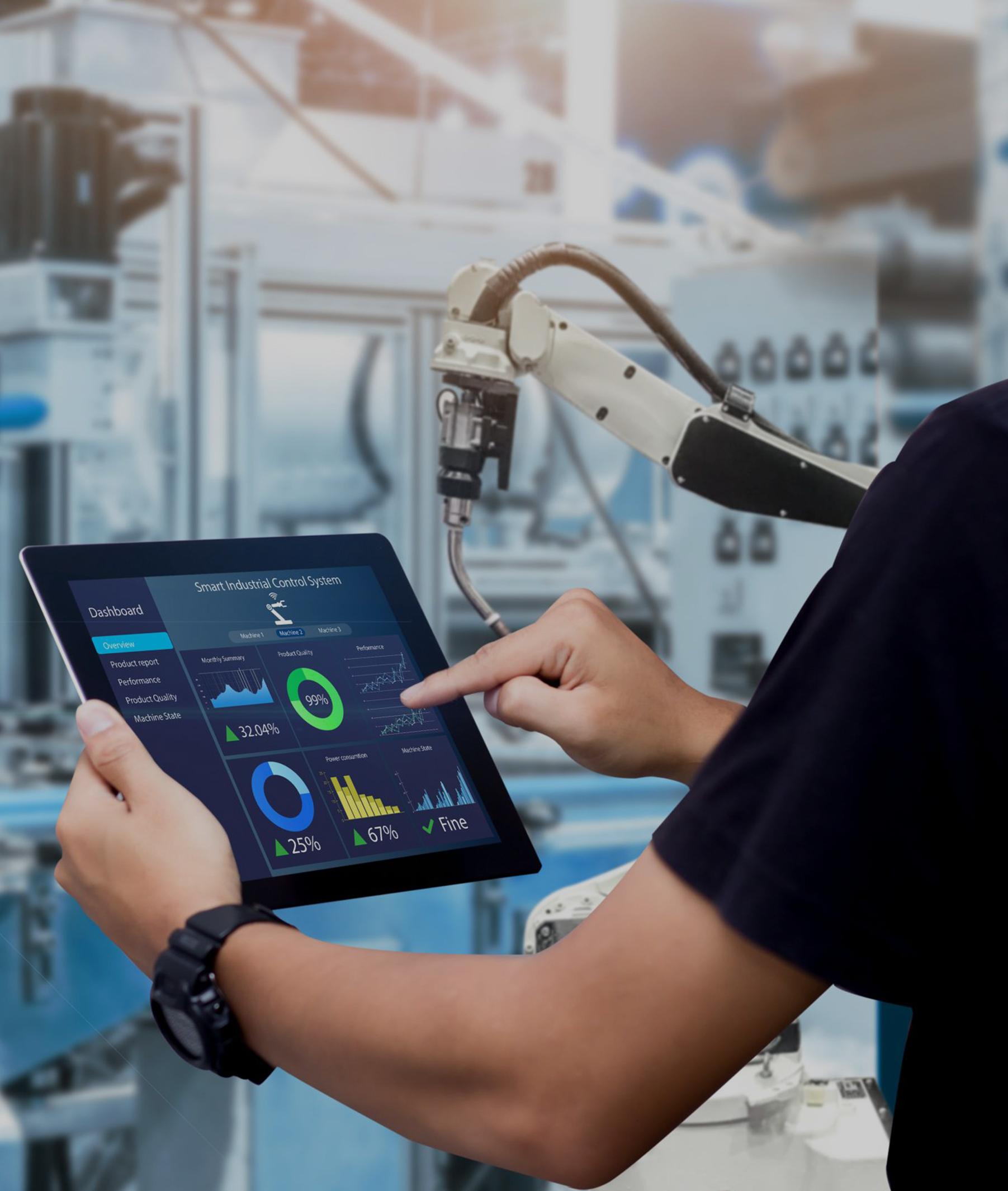
 |
Same Day Shipping for Stock Items |
|
DHL / Fedex / UPS / Aramex |
|
|
Professional one-on-one service |
|
100% brand new and original |
|
The Bently Nevada 22811-01-06-10-02 is typically a model number for a specific sensor or accessory in Bently Nevada's vibration monitoring and protection equipment lineup. |
|||
Picture/Video
Get Products pictures or Video for Inspection|
Brand Name: |
BENTLY NEVADA |
Package: |
Original Package |
|
Model Number: |
22811-01-06-10-02 |
Lead time: |
In Stock |
|
Alternate Part Number |
22811-01-06-10-02
|
Shipping term: |
UPS DHL TNT EMS Fedex |
|
Condition: |
100% Original |
Payment: |
T/T |
|
Quality: |
Brand New |
Service: |
One-Stop Service |
|
Dimensions |
1.8x1.8x116cm
|
Weight |
0.06kg |
|
Description |
Proximity Sensor |
Warranty: |
12 Months |
|
|
|
|

|
The model number indicates the specific configuration of the device, including its range, sensitivity, and physical characteristics. Each segment of the model number typically represents different attributes such as sensor type, output options, and mechanical configuration.
The 22811-01-06-10-02 is designed for use with rotating equipment, including compressors, turbines, pumps, motors, and generators. It is often used in industries like oil and gas, power generation, and manufacturing.
Yes, this model is generally compatible with other Bently Nevada systems, such as the 3500 Series Monitoring System, and can be integrated into existing Bently Nevada machinery protection and monitoring setups.
The Bently Nevada 22811-01-06-10-02 is built to operate under harsh industrial conditions, including high temperatures, humidity, dust, and exposure to various industrial chemicals. Specific operating temperature ranges and environmental conditions will be detailed in the product datasheet.
NOTE:
1. The products quoted are brand new and original with a one-year warranty
2. Prices are ex works, for shipping calculations, Please send to my Email
3. Cooperation with the express delivery of DHL / Fedex / UPS / Aramex, etc,Delivery time is approximately '' 5 days '' from our warehouse to the destination country
4. Quotation validity: 30 days, if you need to extend, please reconfirm the price after 30 days.
5. Payment Term: 100% advance payment by bank transfer.
6. For the products '' in stock '' in the offer, our company can support video inspection
|
ENTEK 6622LS EC6622LS |
ICS TRIPLEX T3481 High Density Guarded Output 24VDC |
|
ENTEK E2170/1/80 |
ICS TRIPLEX T8461 TMR 24/48 Vdc Digital Output Module |
|
ENTEK EY-6691 POWER SUPPLY V2.1 |
ICS TRIPLEX T9432 Analog Input Module |
|
ENTEK C6622HS 6600/EC6622HS |
ICS TRIPLEX T8800 40 channel 24V dc Digital Input |
|
ENTEK C6686 IRD |
ICS TRIPLEX T3310 I/O Transceiver |
|
EPRO PR6424/000-130 CON021 Eddy Current Sensor |
EMERSON KJ1501X1-BC2 12P2186X042 VE5008 System Power Supply |
|
EPRO PR6423/010-010 CON021 Eddy Current Sensors |
EMERSON KJ3001X1-BH1 12P0558X152 Isolated Discrete Output |
|
EPRO PR6423/10R-030 CON021 8mm Eddy Current Sensor |
EMERSON KJ3008X1-BA1 12P2293X052 Sequence Of Events Module |
|
EPRO MMS6418 Measurement Module |
EMERSON KJ3222X1-BA1 12P2532X092 VE4003S2B3 Input Module |
|
EPRO PR6423/002-100-CN CON021 Current Sensor |
EMERSON KJ3101X1-BB1 12P1866X062 VE3006 Analog Input Module |
|
HONEYWELL FC-TSDO-0824 Digital Output Module |
GE 8811-IO-DC-01 PAC8000 8-channel Safety Digital Iput |
|
HONEYWELL 8C-TDILA1 51307141-175 Digital Input Module |
GE IS200TRPGH1BDE Termination Relay |
|
HONEYWELL MC-TAMT03 51309223-175 Multiplexer Thermocouple |
GE DS3800NPSE1E1G Mark IV Board |
|
HONEYWELL 51196041-100 Panel Accessory |
GE IC220MDL643 Input module |
|
HONEYWELL 51202324-300 Cable Power 24VDC |
GE DS200KLDBG1ABC Key/LED/Display Board |
|
RENISHAW A-2115-001-24 OMI 1.5 KTI |
PROSOFT MVI46-MBP Modbus Plus Communication Module |
|
FANUC A20B-2002-0050 Control Board |
PROSOFT MVI69-ADM Technology |
|
FANUC PCBA16B-2203-0881 PCB Board |
PROSOFT 3100-MDA16 MDA Scientific Sys 16 Interface Module |
|
FANUC Oi-MF A02B-0338-B502 system |
PROSOFT PLX31-EIP-MBS EtherNet/IP to Modbus Serial |
|
Bosch 0 822 417 994 Pneumatic |
ABB SPIIT13 INFI-NET to INFI-NET Local Transfer Mod |
NOTE: Moore Automation sells new and surplus products and develops channels to purchase such products. This site is not approved or endorsed by any of the listed manufacturers or trademarks.Moore Automation is not an authorized distributor, dealer or representative of the products displayed on this site.All product names, trademarks, brands and logos used on this site are the property of their respective owners.The description, illustration or sale of products under these names, trademarks, brands and logos is for identification purposes only and is not intended to indicate any affiliation with or authorization by any rights holder.
Our hours